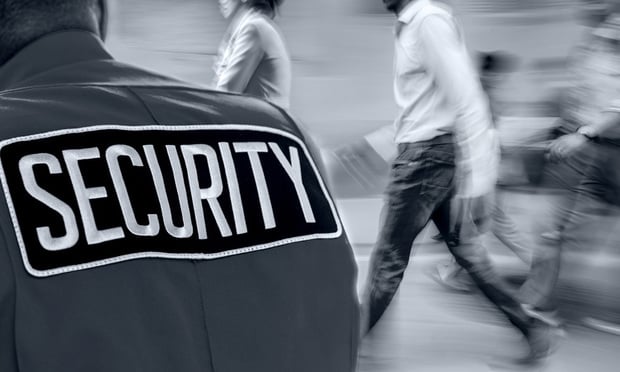 Security guards fall within an industry that experiences a workplace injury rate of 298 per 10,000 full-time workers with a median of 13 days away from work. (Photo: Sergey Pazharski/Adobe Stock)
Security guards fall within an industry that experiences a workplace injury rate of 298 per 10,000 full-time workers with a median of 13 days away from work. (Photo: Sergey Pazharski/Adobe Stock)
The American workplace is grappling with unprecedented challenges that include COVID-19, rapidly rising wages, staffing shortages, supply chain issues and overall economic uncertainty.
Recommended For You
Want to continue reading?
Become a Free PropertyCasualty360 Digital Reader
Your access to unlimited PropertyCasualty360 content isn’t changing.
Once you are an ALM digital member, you’ll receive:
- Breaking insurance news and analysis, on-site and via our newsletters and custom alerts
- Weekly Insurance Speak podcast featuring exclusive interviews with industry leaders
- Educational webcasts, white papers, and ebooks from industry thought leaders
- Critical converage of the employee benefits and financial advisory markets on our other ALM sites, BenefitsPRO and ThinkAdvisor
Already have an account? Sign In Now
© 2025 ALM Global, LLC, All Rights Reserved. Request academic re-use from www.copyright.com. All other uses, submit a request to [email protected]. For more information visit Asset & Logo Licensing.








